by Michael Blanding
Scientific breakthroughs don’t just explain the world—they change it.
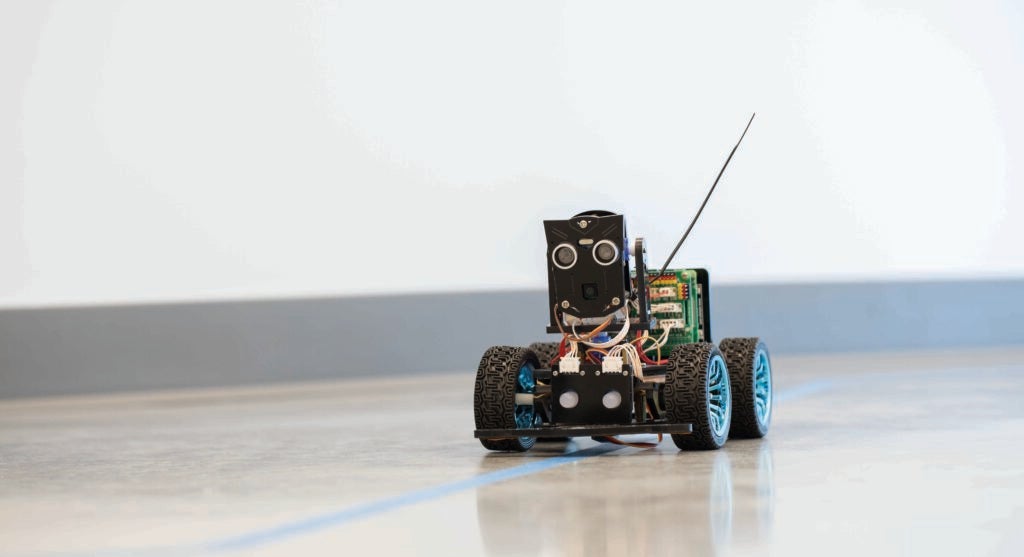
Through both basic research grants and awards targeted towards innovation and entrepreneurship, the federal government enables new discoveries that drive economic growth when scientists move their inventions out of the lab and into the hands of real-world users. At the University of Rhode Island (URI), three engineering professors have taken different paths to transform basic research into life-altering technologies—and the companies to deliver them. The following investigators are highlighted as funding from the National Science Foundation (NSF) was instrumental in helping foster innovation and an example of the role NSF has played in innovation in its 75-year history.
Reading—and Rewiring—the Brain
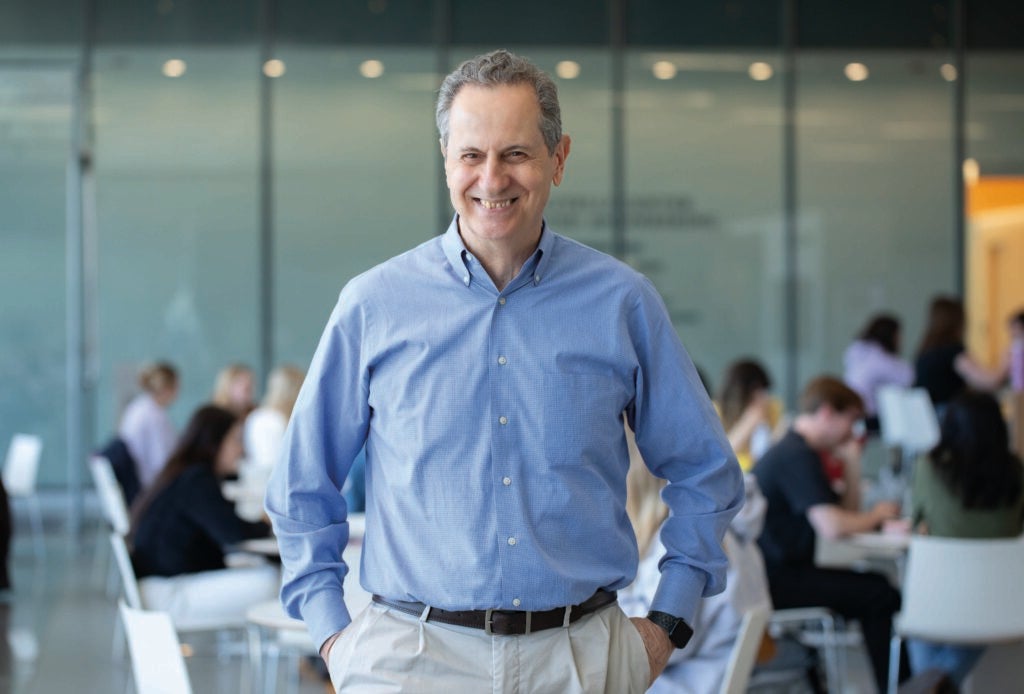
“My goal has always been to prevent disease, disability, pain, and suffering. We’ve got our first trials in humans showing it’s safe and it’s working. Now I’m starting to look for big, big funding to move it along more quickly.”Walter Besio URI Professor of electrical, computer, and biomedical engineering
Walter Besio can read your thoughts. A URI professor of electrical, computer, and biomedical engineering, Besio developed a device called a tripolar concentric ring electrode, which essentially is a set of tiny, closely spaced rings stacked like a bullseye. The design allows him to pick up clean, high-frequency brainwave signals from the scalp—signals that conventional electrodes can’t reliably detect.
“It allows you to see things you wouldn’t necessarily be able to see without cracking the hood,” he says.
But Besio’s breakthrough isn’t just about sensing. The same device can also deliver precisely targeted electrical stimulation to the brain to treat epilepsy, potentially stopping seizures before they begin, as well as noninvasively treating other neurological disorders.
Besio was working on a dairy farm in Florida when his brother was paralyzed from the neck down in a car accident. Determined to help him, he went back to school to study engineering, earning a master’s at the University of Central Florida and a Ph.D. at the University of Miami. His graduate student research led him to an innovative idea. His insight was surprisingly simple—traditional EEG (electroencephalography) electrodes pick up interference from electrical signals in the environment, like those in building walls. But if multiple electrodes are placed close together in concentric rings, they all register that interference equally.
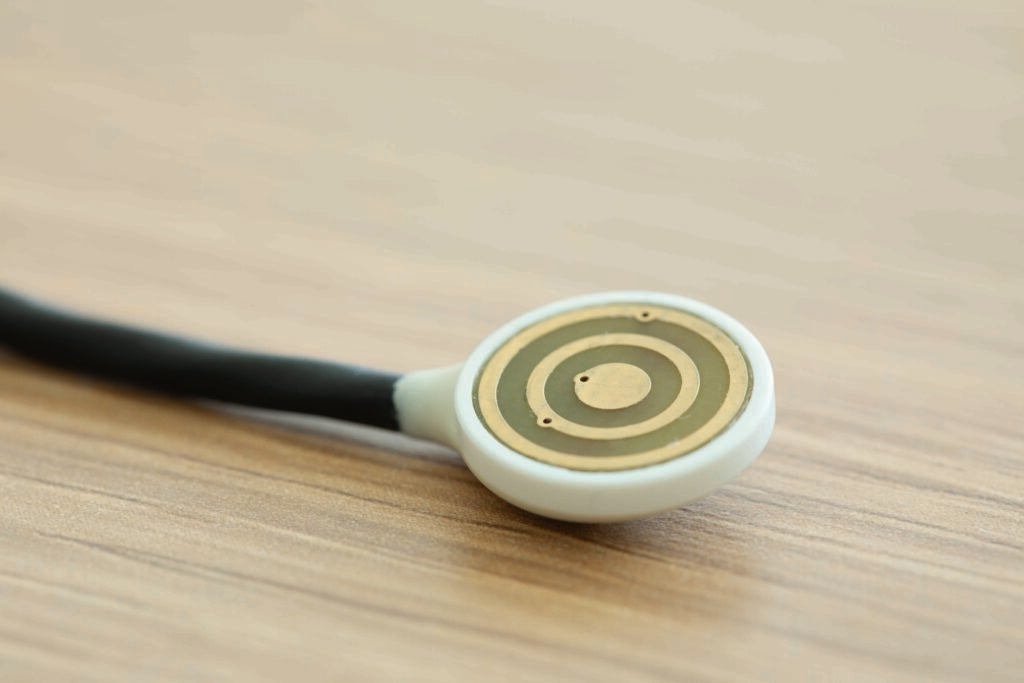
Photo credit: Beau Jones
“So, with simple math—one minus one—I take the difference of the electrodes, and it automatically cancels it out, leaving only the thing that’s directly beneath it,” Besio explains.
What remains are high-frequency oscillations directly beneath the electrode on the scalp, which are considered markers for seizure activity.
Besio’s work drew the attention of a neurosurgeon who saw the potential for treating epilepsy. After joining URI in 2009, Besio secured a $350,000 grant from NSF’s General and Age-Related Disabilities program to further develop the technology. To prepare for necessary Food and Drug Administration (FDA) approval, he has conducted years of studies. In 2011, he received a $50,000 NSF Innovation Corps (I-Corps) grant and joined the program’s first cohort—an eight-week boot camp in commercialization hosted at Stanford University.
With help of the program, Besio launched a company, CREmedical, and earned additional Small Business Innovation Research (SBIR) grants in 2013 and 2014. In 2015, a $6 million NSF grant supported the development of a cap-like device that both records and stimulates brain activity.
Research trials showed that targeted electrical therapy could significantly reduce the dosage of anti-seizure drugs, minimizing drug side effects like dizziness and fatigue. After 22 years and nearly $10 million in federal funding, the system is now in clinical trials at Boston Children’s Hospital and the Barrow Neurological Institute. Researchers already can purchase the system for investigational use, even before FDA approval. And, Besio is seeking venture capital to expand access and explore new applications, from Parkinson’s to ADHD to stroke rehabilitation.
Ultimately, he hopes the technology could one day help people with paralysis—like his brother—control a computer, wheelchair, or robotic limb using only their thoughts.
“My goal has always been to prevent disease, disability, pain, and suffering,” Besio says. “We’ve got our first trials in humans showing it’s safe and it’s working. Now I’m starting to look for big, big funding to move it along more quickly.”
Speeding Up the Digital World
For decades, the bottleneck in computer speed wasn’t processing power, but memory.
“The CPU was fast, but the memory was slow. It would always lag behind.”Distinguished Engineering Professor Ken Qing Yang
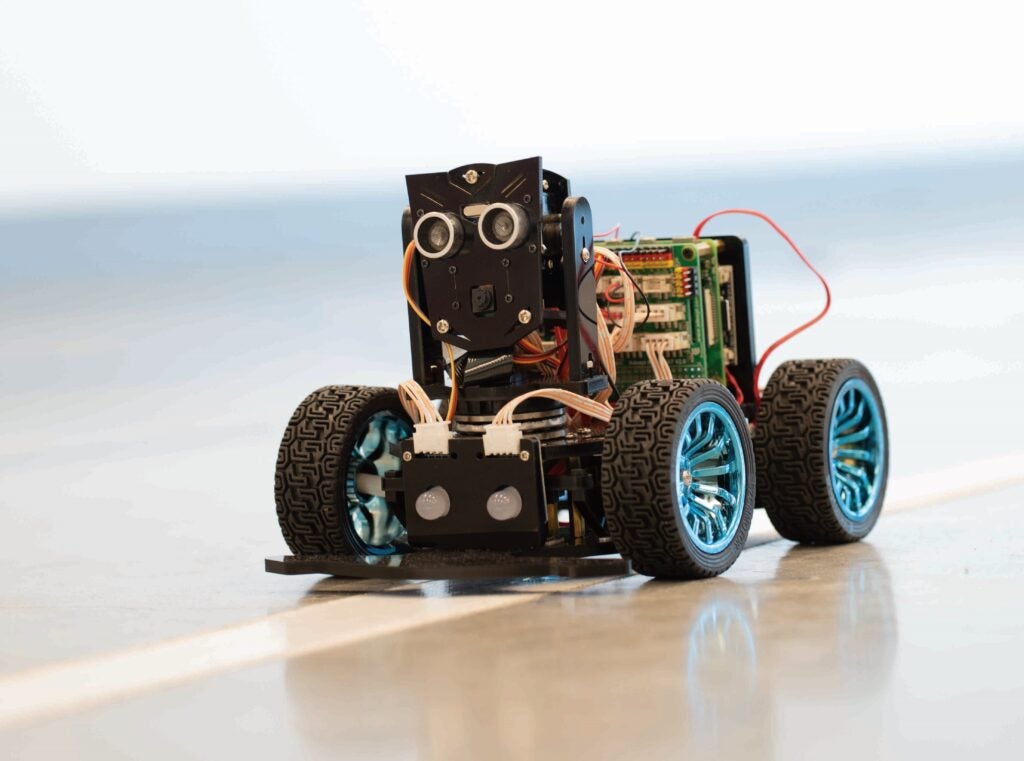
Engineers solved the problem in part by buffering data in a cache, but memory still lagged. Yang came up with an innovative mathematical technique that reduced conflicts to map memory to the cache, significantly speeding up the process. He followed up with another technique that dramatically sped up access for hard drives, resulting in a commercial company VeloBit that revolutionized storage efficiency.
Yang studied at Huazhong University of Science and Technology before earning a master’s at University of Toronto and Ph.D. in computer engineering at University of Louisiana.
“The NSF grants that paid my stipend and tuition during my graduate studies were critical to my research. They built a foundation for my entire research career. My work has produced graduates who are now research leaders in top U.S. universities and computer companies such as Intel, Cisco, Meta, Western Digital, and more.”Professor Ken Yang
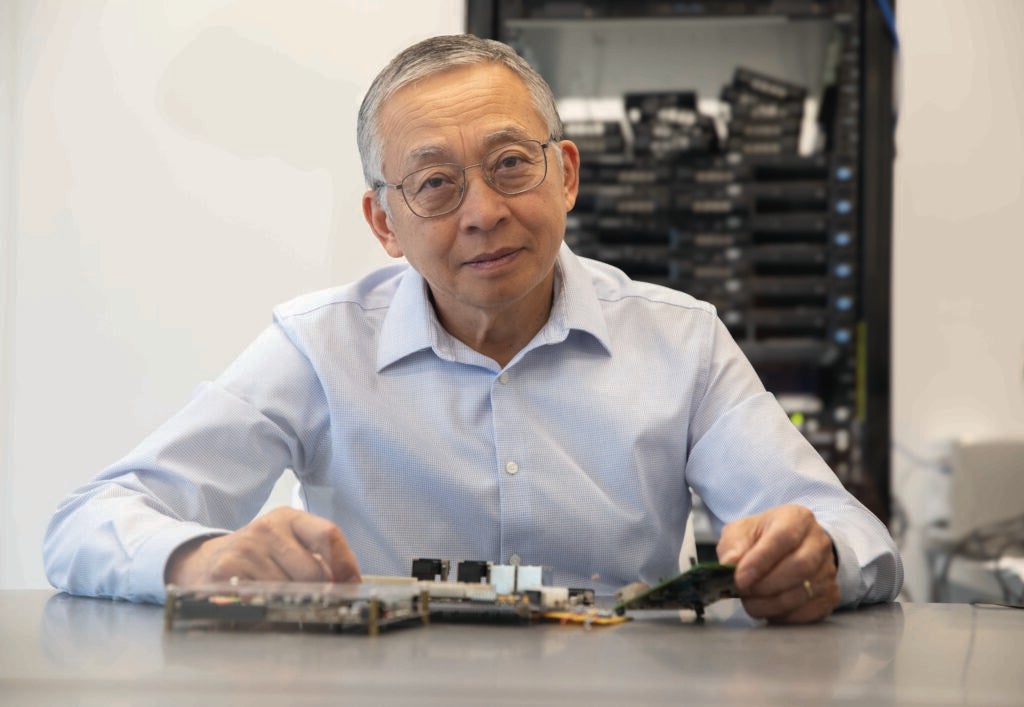
Photo credit: Beau Jones
He joined URI in 1988, receiving a $60,000 NSF Research Initiation Award, that allowed him to set up his lab.
Since then, he has been continuously funded by the NSF for 36 years, receiving more than a total of $4 million. His disk cache research began in the early 2000s, when he came up with the concept of “content locality” to access data most important to a user.
“Let’s say you watch a Celtics game, and afterwards you want to know everything about Jayson Tatum or Jaylen Brown, the popular scorers,” he explains. “But you are not as interested in less popular players.”
Yang’s system prioritized frequently accessed data, placing it in faster memory for quicker retrieval. Rather than relying solely on hard disk drives (HDDs) that use magnets to store data on a spinning disk—requiring the system to wait every time the disc spun around to access it— Yang’s technology placed that popular data on solid state drives (SSDs) that store data in semiconductor chips, achieving a balance between speed and cost.
“We basically use a fingerprint of data and find how often it’s accessed,” Yang explains. “We cache the popular data in high-speed memory, so you can access it in terms of microseconds instead of milliseconds—a three-order magnitude of difference.”
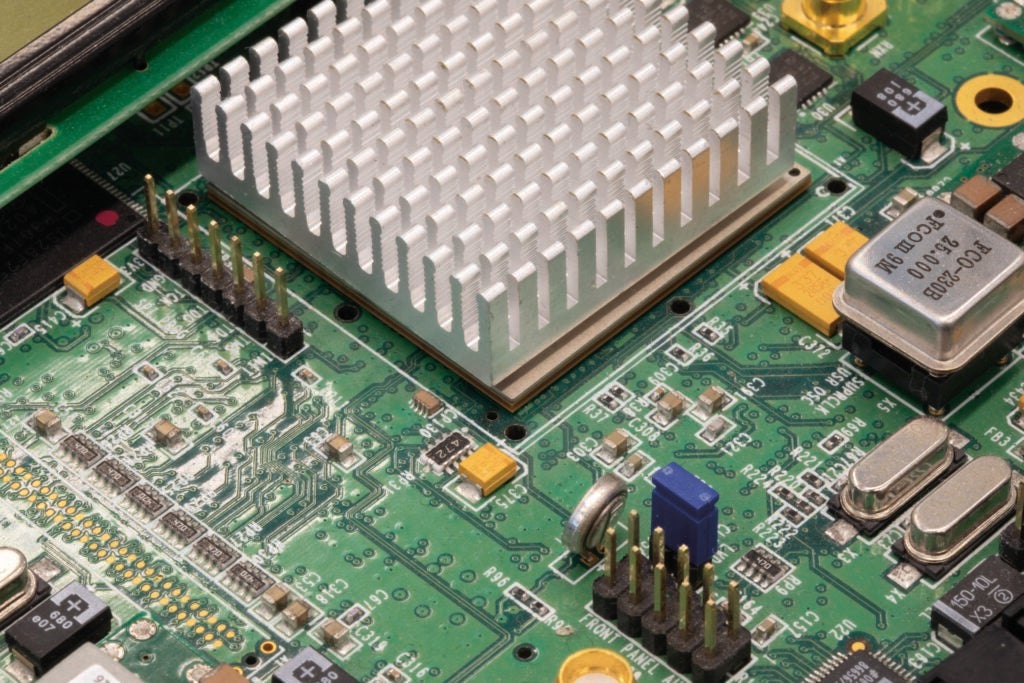
With URI’s support, Yang patented the technology in 2007, and partnered with Boston-based venture capitalist Duncan McCollum, who became CEO of VeloBit when launched in 2010, with graduate student Jin Ren ’11, the company’s first employee. Because of the market potential of the new technology, the team raised $5 million in venture capital, releasing a product the following year.
Since then, hundreds of companies adopted the technology to speed up access to customer data, inventory, and financial records—often extending the life of existing hardware and saving money. In 2013, Western Digital acquired VeloBit for an undisclosed amount.
In all, Yang helped launch three more startups, all based on his patented inventions. In a distinguished career, Yang has been granted over 20 U.S. patents, authored more than 130 papers, was named a Fellow of the Institute of Electrical and Electronics Engineers—one of the highest honors in his field. In addition to the research and products themselves, Yang says, the research grants he has been awarded during his career have helped support a dozen Ph.D. students, who have gone on to create their own innovations.
“They are professors at top U.S. universities, research leaders and engineers at big companies such as Intel, WD, Meta, Xerox, and Adobe etc.,” he says. “That’s what I’m most proud of.”
Weaving Medical Treatment into Everyday Life
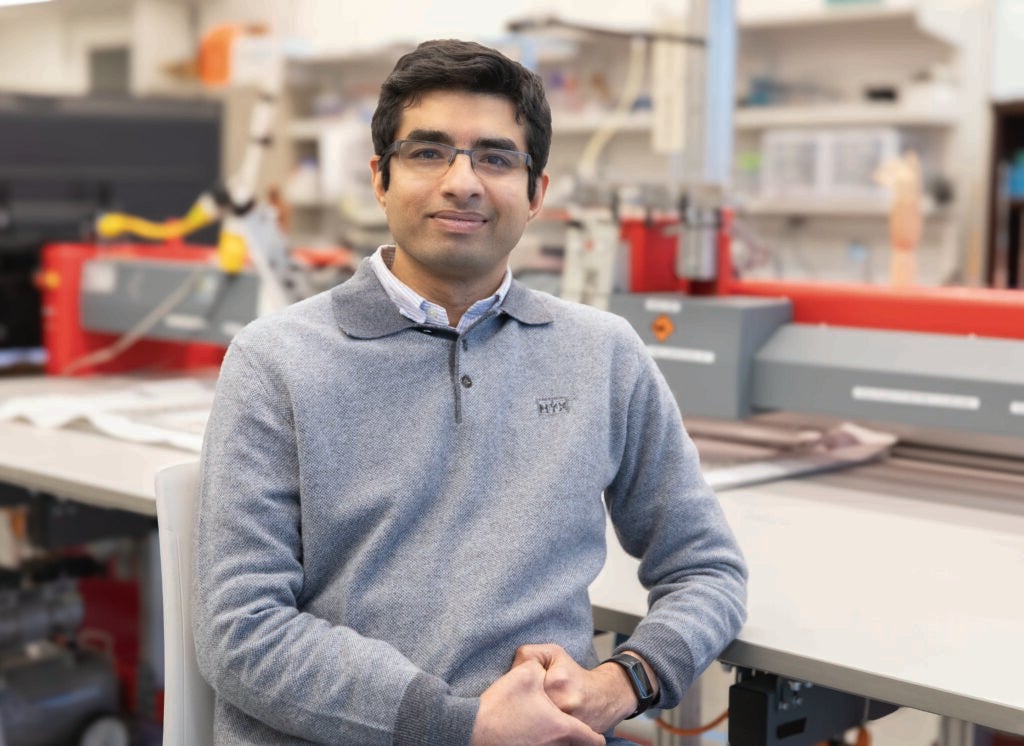
Photo credit: Beau Jones
Growing up in a small town near Ahmedabad, India, Kunal Mankodiya was surrounded by his family’s textile business. At the same time, he was drawn to biology and medical sciences in his studies. As a graduate student in Germany, he found a way to combine the two, integrating sensors into fabric to create wearable health devices.
Now a professor of biomedical engineering at URI and director of the Wearable Biosensing Lab, Mankodiya creates clothing that can help doctors diagnose and monitor diseases in daily life environments. A $600,000 NSF CAREER award in 2017 helped him grow the lab and long-term vision.
“I would not have accomplished anything without federal and state research funding,” he says. “It essentially changed my life.”
His first project was a smart glove, designed for people with Parkinson’s and other diseases that cause mobility issues. Patients wear it at home to complete finger exercises, generating data that an app transmits to physicians.
“You don’t need to wear the gloves 24/7,” he says. “You perform exercises two or three times a week—just for a few minutes at a time. We use signal processing and algorithms to define the severity of symptoms through telehealth.”
Later, his team expanded to smart shoes as well.
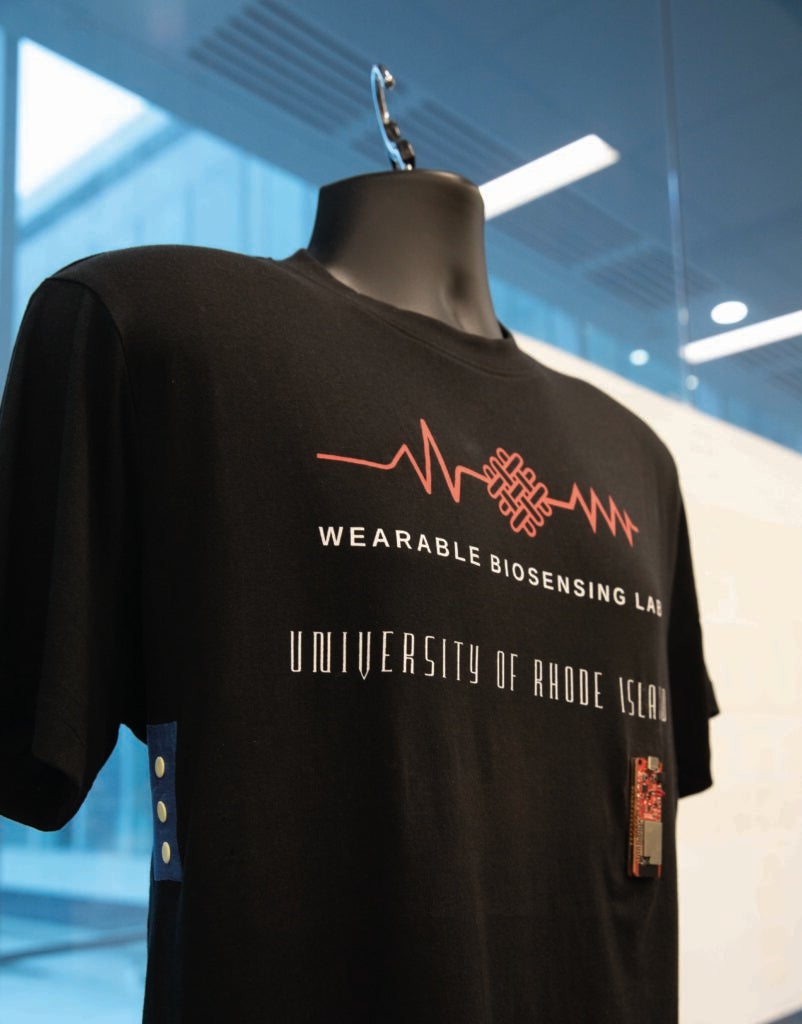
The data from gloves and shoes can help doctors titrate medications more accurately, avoiding overdoses and missed doses between clinic visits.
With help from a 2019 NSF Partnerships for Innovation Tech Transfer grant, the project became the foundation for a startup, WellAware. One of his former Ph.D. students, Nicholas Constant ’15, MS ’17, PhD ’21, now leads the company full-time, aiming to bring early cognitive screening tools to rural and underserved communities. WellAware received a couple of SBIR and other state funds for clinical validation, helping towards commercialization.
His lab has also helped inspire other students to spinoff several other companies, including Pison, co-founded by David Cipoletta ’14 MS ’19, which uses wrist-worn chips to detect electrical muscle signals for gesture control, recently striking a deal with Timex. Another company, WellFit Wearables, spearheaded by current doctoral student, Vignesh Ravichandran MS ’21, Ph.D. ’26, focuses on gastrointestinal monitoring for endurance athletes using a sensor belt. The project recently took advantage of an NSF I-Corps award to conduct customer discovery interviews with more than 110 health professionals about knowing the real-world problems associated with gut health and how the device could be useful.
Most recently, his lab has partnered with undergraduate business alum and URI rowing captain Nicole Jones ’24 on AnalytIQ, which aims to monitor cardiovascular stress in rowers.
“We work closely with doctors and clinicians. As a technologist and engineer, we can propose thousands of things, but they’re not going to help anybody if their requirements are different and not met.”Kunal Mankodiya Professor of electrical, computer, and biomedical engineering

Photo credit: Beau Jones
With nearly $16 million in NSF funding the lab is expanding to cover the full human lifespan, from neonatal monitoring to stroke rehab and chronic kidney disease.
“Pursuing translational research constantly pushes you to think differently—which is a good thing—because in the scientific world you want to find ways to make impacts through translation and entrepreneurship and serve societal needs.” Mankodiya says. “In the process of technology translation, you are challenged to think beyond boundaries and learn real problems existing in outside lab environments such as patients homes, clinics, and hospitals. That mindset—of thinking beyond boundaries—is something I strive to pass on to my student innovators and entrepreneurs.”
